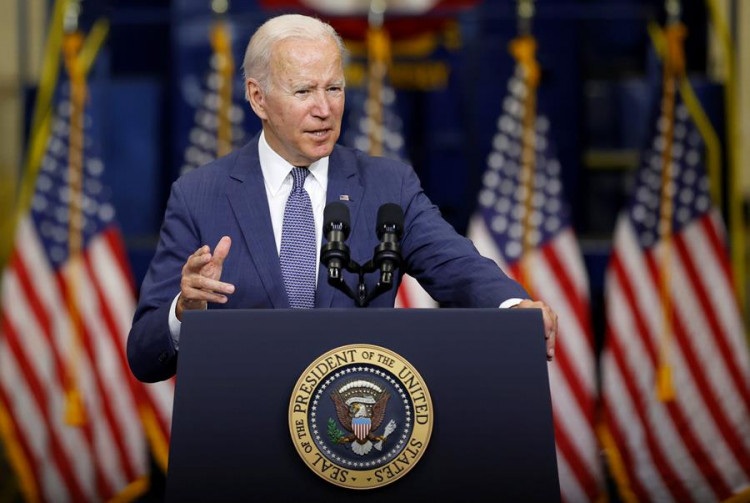In the wake of the Supreme Court's rejection of President Joe Biden's initial student loan forgiveness plan, the administration has swiftly pivoted, unveiling a new strategy to alleviate the burden of student debt. The revised approach, which is rooted in the Higher Education Act (HEA) of 1965, aims to provide a more targeted and legally sound pathway to debt relief.
The initial plan, which sought to forgive up to $20,000 in education debt for millions of Americans, was challenged by several Republican-backed states and conservative groups. They accused the president of executive overreach, and the Supreme Court ultimately agreed, blocking the program. The court's decision hinged on the interpretation of the Heroes Act of 2003, which the administration had used as its legal justification for the debt forgiveness plan.
In contrast, the new plan leverages the HEA, which grants the Secretary of Education the power to "compromise, waive, or release" any claim against student borrowers. This authority, known as "settlement and compromise," was identified by legal scholars as a potential tool for mass debt cancellation.
Under the new plan, Secretary of Education Miguel Cardona has announced several measures to soften the impact when student loan repayments recommence in October. These include slashing monthly payments for lower-income borrowers, suspending penalties for missed payments, and putting community college graduates on a path to full relief within 10 years.
The centerpiece of Cardona's plan is a "rulemaking process" designed to open "an alternative path to debt relief" under the HEA. This process is expected to be lengthy, involving a public comment period and other time-consuming steps. However, if successful, borrowers could see forgiveness around the time of the next election.
The new plan is expected to face legal challenges similar to the first attempt. However, there are several reasons why it might succeed where the previous plan failed. First, the new plan is on sounder textual footing, with the HEA's language allowing for more latitude in forgiving loans. Second, the new plan is not tied to the pandemic, avoiding the baggage associated with emergency measures. Lastly, relief under the HEA may avoid the "major questions" trap that doomed the previous program, as the Department of Education can target relief more narrowly.
The road ahead is long and convoluted, but the path is there, laid out in existing law. The administration has given every possible sign that it'll go as far as it can. The clock is ticking, but the fight for student loan forgiveness is far from over.






